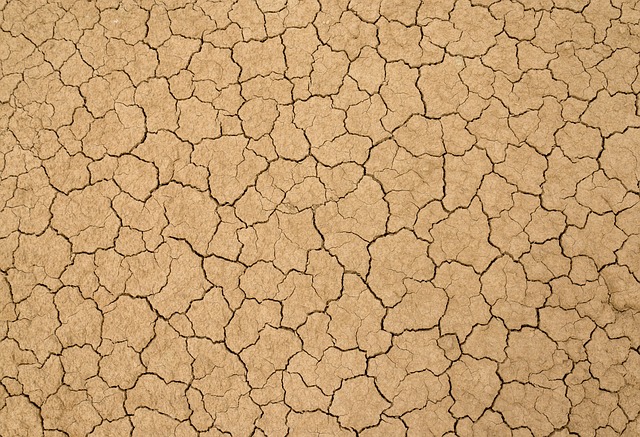Concrete slab sealing is a process focused on preventing and repairing cracks in concrete surfaces. By addressing moisture intrusion, chemical damage, and environmental factors, it enhances aesthetics and extends the lifespan of concrete structures. Regular visual inspections are crucial for early crack detection, as prompt repair prevents more expensive future issues. There are three primary sealer types: silicone, polyurethane, and epoxy, each offering unique benefits based on crack severity and environmental conditions. Proper preparation involves cleaning the slab, addressing moisture absorption, and choosing the right crack-filling compound. Common mistakes to avoid include neglecting surface cleanliness and using unsuitable sealers. Proactive maintenance, including regular sealing and inspections, ensures concrete slabs remain durable and aesthetically pleasing for years.
“Concrete slab sealing is a vital process in maintaining and protecting your home’s foundation. This comprehensive guide delves into the essentials of concrete slab sealing, offering insights on understanding the basics, identifying crack repair needs, and exploring various sealer types.
From preparation tips to a step-by-step crack repair guide, we cover all you need to know to ensure long-lasting results. Learn about common mistakes to avoid and discover the best practices for maintenance and care of sealed concrete slabs, ensuring your home’s structural integrity for years to come, with a focus on effective crack repair.”
Understanding Concrete Slab Sealing: The Basics
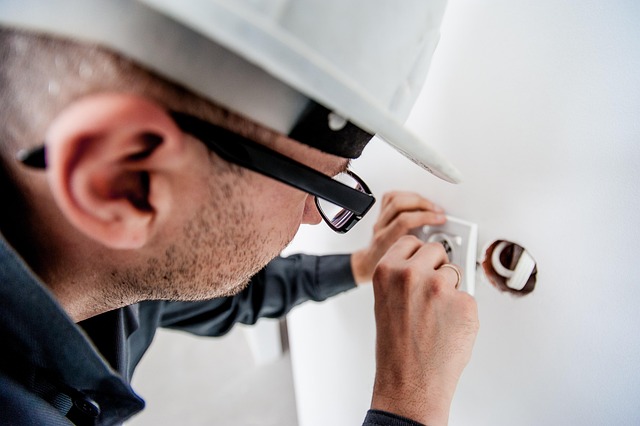
Concrete slab sealing is a process designed to protect and preserve concrete surfaces, focusing primarily on crack repair. It involves applying specialized sealers to fill in and prevent the spread of existing cracks, as well as inhibit new ones from forming. By creating a protective barrier, this method shields concrete slabs from moisture intrusion, chemical damage, and other environmental factors that can weaken its structure over time.
The basics of concrete slab sealing start with preparing the surface by cleaning and repairing any visible defects or cracks. Once ready, a suitable sealer is chosen based on the specific needs and conditions of the concrete. These sealers are then applied evenly across the slab’s surface, creating a durable, water-repellent coating that bonds strongly to the concrete. This protective layer not only enhances the aesthetics but also extends the lifespan of the concrete, ensuring its structural integrity for years to come.
Identifying Crack Repair Needs in Concrete Slabs

Concrete slabs, over time, can develop cracks due to various factors like settling, shifting soil, or structural stress. Identifying these cracks is crucial for effective crack repair. Regular visual inspections are essential to catch any signs of damage early on. Look for both surface cracks and those that appear deeper, as they could indicate more significant issues beneath the slab’s surface.
When inspecting, pay attention to patterns and the overall severity. Hairline cracks might be normal, but wider ones could signal structural problems. Additionally, check for water pooling or moisture buildup around the cracks, as this may lead to further deterioration and compromise the slab’s integrity. Promptly addressing crack repair needs ensures the longevity of concrete slabs and prevents more extensive and costly repairs in the future.
Types of Sealers and Their Applications

When it comes to concrete slab sealing, understanding the different types of sealers and their applications is key for effective crack repair and long-term protection. There are three main categories: silicone-based, polyurethane-based, and epoxy-based sealers. Silicone offers excellent flexibility and resistance to UV rays, making it ideal for preventing future cracks in outdoor areas exposed to sunlight. Polyurethane sealers are known for their rapid drying time and high elasticity, suitable for both interior and exterior use, especially in places with heavy foot traffic or vehicular loads. Epoxy sealers provide the strongest bond, impenetrable protection against moisture, and chemical resistance, making them perfect for industrial settings or areas subject to extreme weather conditions where crack repair is critical.
Each sealer has its unique advantages, catering to distinct needs. For small cracks and surface defects, silicone or polyurethane can effectively fill and seal, preventing water penetration and prolonging the slab’s lifespan. In contrast, epoxy is reserved for more severe cases, offering a durable fix for large cracks, voids, or areas of structural damage, ensuring the concrete remains sturdy and stable over time.
Preparation: Before You Begin Crack Repair
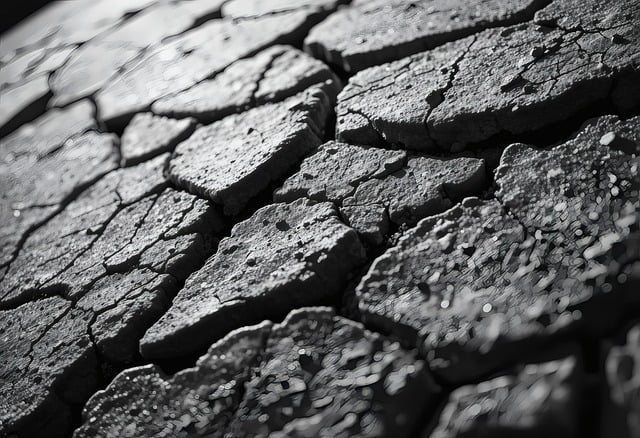
Before tackling crack repair, proper preparation is key to achieving long-lasting results. Start by thoroughly cleaning the concrete slab to remove any loose debris, dirt, or oil. This ensures that your repair material will bond effectively with the existing surface. Use a pressure washer or a mild detergent and a brush to ensure a clean, dry area for crack repair.
Next, assess the severity of the cracks. Minor cracks can often be repaired using a simple epoxy injection method, while larger, deeper cracks may require more extensive patching techniques. For best results, address any issues with moisture absorption in the concrete as well, as this can contribute to cracking and weaken the slab over time.
The Crack Repair Process: Step-by-Step Guide
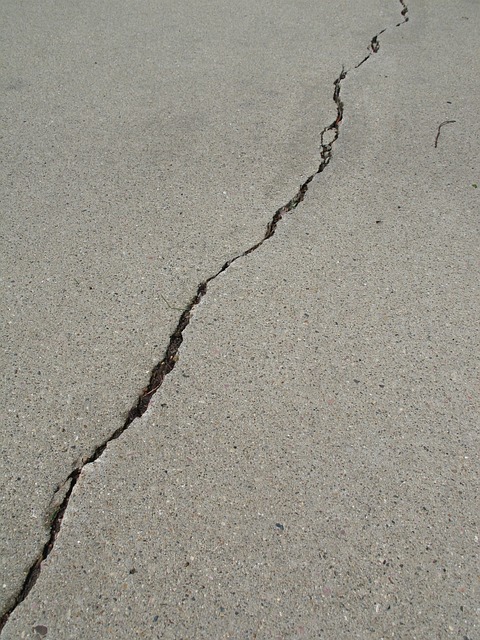
Crack repair is a crucial step in maintaining and preserving concrete slabs. The process involves several meticulous steps to ensure long-lasting results. Firstly, inspect the slab for any cracks or damages, both visible and hidden. This may require professional equipment to uncover subtle flaws. Next, clean the area around the crack to remove debris and loose concrete using high-pressure washers.
Once prepared, apply a suitable crack-filling compound, ensuring it matches the slab’s composition. Use a putty knife to force the compound into the crack, filling it completely. Allow the compound to cure fully, following the manufacturer’s instructions. After curing, lightly sand the area to achieve a smooth finish, matching the surrounding concrete. This step-by-step guide ensures that cracks are not only filled but also effectively sealed, preventing further damage and maintaining the structural integrity of the concrete slab.
Common Mistakes to Avoid During Slab Sealing
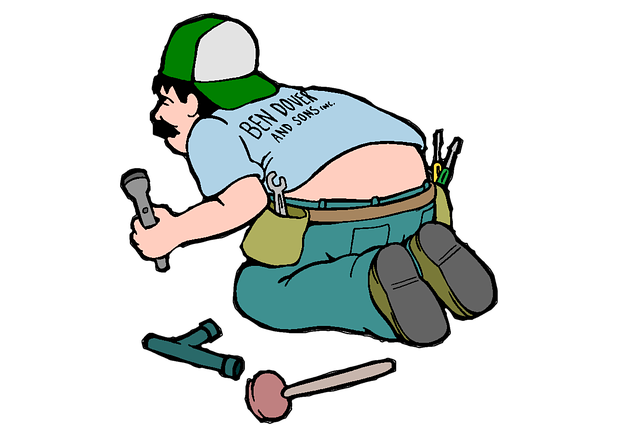
When sealing a concrete slab, there are several common mistakes that homeowners and contractors should avoid to ensure long-lasting protection. One of the most frequent errors is neglecting to clean the surface thoroughly before application. Concrete slabs must be free from dust, dirt, and oil to achieve optimal adhesion; otherwise, the seal may not adhere properly, leading to future issues like water penetration and mold growth.
Another mistake is using an inappropriate sealer for the slab’s condition. Different concrete surfaces require distinct sealing solutions. For instance, using a general-purpose sealer on a slab with extensive cracks or holes might not provide adequate protection. Always assess the slab’s condition and choose a sealer tailored to address specific concerns, such as crack repair, moisture resistance, or UV protection.
Maintenance and Long-Term Care for Sealed Concrete Slabs

Maintaining sealed concrete slabs is an essential aspect of ensuring their longevity and preserving the investment made in flooring. Regular inspection is key to early detection of any potential issues, such as cracks or moisture intrusion, which can be addressed promptly. Crack repair should not be overlooked, as even small fissures can widen over time, leading to more extensive damage and costly repairs. A simple yet effective method to prevent cracks from forming is to apply regular sealers, especially in areas subjected to heavy traffic or extreme weather conditions.
Long-term care involves a combination of routine maintenance and seasonal adjustments. During colder months, concrete slabs may be more susceptible to damage from frost heaving, so taking preventive measures like applying warm-weather sealers can be beneficial. Additionally, keeping the surface clean and free from debris will ensure optimal sealing efficiency. This simple upkeep will contribute to the overall durability and aesthetic appeal of sealed concrete floors for years to come.
